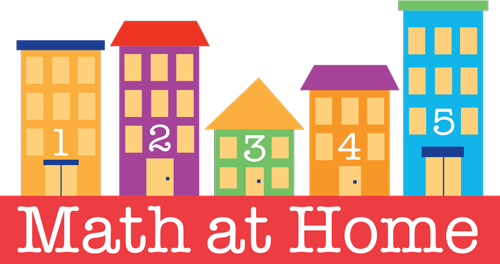Goal 9 – Explore Concepts of Geometry and Spatial RelationsRecong
I have almost completely unpacked the new Illinois Early Learning and Development Standards. This week and next we will explore Goal 9 and in two weeks Goal 10! Phew, that took a LOT longer than I expected and we only covered the Math section. Aren’t you glad that this isn’t the “Everything At Home” blog?
Goal 9 begins looking at geometry and spatial relations and is first explored by Learning Standard A – Recognize, name and replicate common shapes.
The Benchmarks are:
9.A.ECa Recognize and name common two- and three- dimensional shapes, and describe some of their attributes.
9.A.ECb Sort collections of two- and three- dimensional shapes by type (e.g., triangles, rectangles, circles, cubes, spheres, pyramids).
9.A.ECc Idfentify and name some of the faces of common three-dimensional shapes using two-dimensional shape names.
9.A.ECd Combine two-dimensional shapes to create new shapes.
9.A.ECe Think about/imagine how altering the spatial orientation of a shape will change how it looks.
Example Performance Indicators
Identify the shape of various items in the classroom (e.g., state that the clock is shaped like a circle or that the table top is a rectangle).
Describe the attributes of common two-dimensional shapes (e.g., state that a square has four sides and a triangle has three sides).
Match triangles to triangles, squares to squares, circles to circles, and rectangles to rectangles, even when size (or proportion, in the case of triangles and rectangles ) differs among examples.
Use common two-dimensional shapes to create representations of things in the real world (e.g., place triangles around a circle to make a “flower”).
Describe the faces of common three-dimensional shapes such as cubes and cylinders, using two-dimensional shape names, such as squares and circles.
Rotate and flip shapes, such as blocks and puzzle pieces to make them “fit”.
___________________________________________________________
This blog has looked at all sorts of ways to support this learning goal over the past 9 months. Take a look here and here and here for some examples.
Geometry is one of those skills that can be supported naturally in the early childhood environment. Puzzles provide opportunities for children to explore spatial relations as they turn the pieces over and around to see how the shape changes depending on the orientation of the piece. Identifying and labeling two-dimensional shapes is a frequent question asked of children, but how frequently do you take it to the next level by exploring three-dimensional shapes? Here and here are some ideas about how to do that.
Remember, the only way that children will meet this learning goal is if the adults in their lives provide ample opportunities for geometric exploration along with explanations of attribute qualities and mathematical vocabulary.
